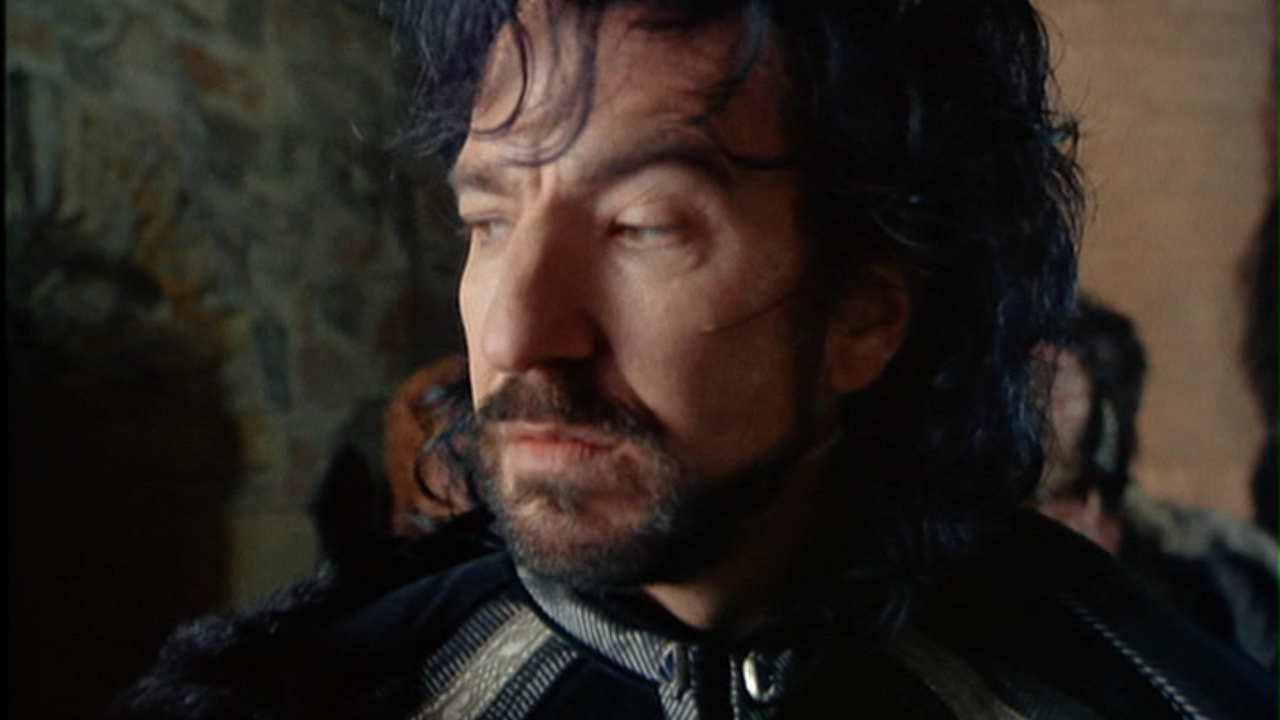


The Sheriff of Nottingham has his henchmen ready to try to capture Robin Hood at the famous archery contest. After all, we thought, just think of villains in all kinds of stories. The saint wins, of course, but what struck us about this story-and in this DVD depiction-was that it was a one-on-one contest: neither man called upon backup-something which one might especially expect from the antagonist of the story, as in so many. In Adomnan’s (c.624-704AD) Life of Columba, Book II, Chapter XXXIV, Columba struggles to free a slave being held by the druid, Broichan. As far as we know, there are, in fact, no surviving images of the learned class of the Celtic world, just often very imaginative illustrations with little or no factual basis.) (This is the closest we can come to an image of a druid.

In the episode, a scene was reenacted, in which Saint Columba (521-597AD) (Smart writing and wonderful photography.)
THE SHERRIFF OF NOTTINGHAM NOVEL SERIES
These words originally came to mind while we were watching the first episode of Neil Oliver’s excellent BBC series A History of Scotland. The word minion comes from the Old French word mignon, “a (little) darling”, but its meaning has also changed–even more than henchmen, now indicating a kind of low-level person who simply follows orders, which the peasants in this picture by Albrecht Duerer make us think of. A henchman was originally a hengestman, from hengest “horse/stallion” + man “man”-in other words, a groom, a servant who takes care of horses.Īlthough the word began with the meaning of “groom”, it has certainly changed over time and now it suggests something like “ thuggish follower”-like these gangster henchmen.


 0 kommentar(er)
0 kommentar(er)
